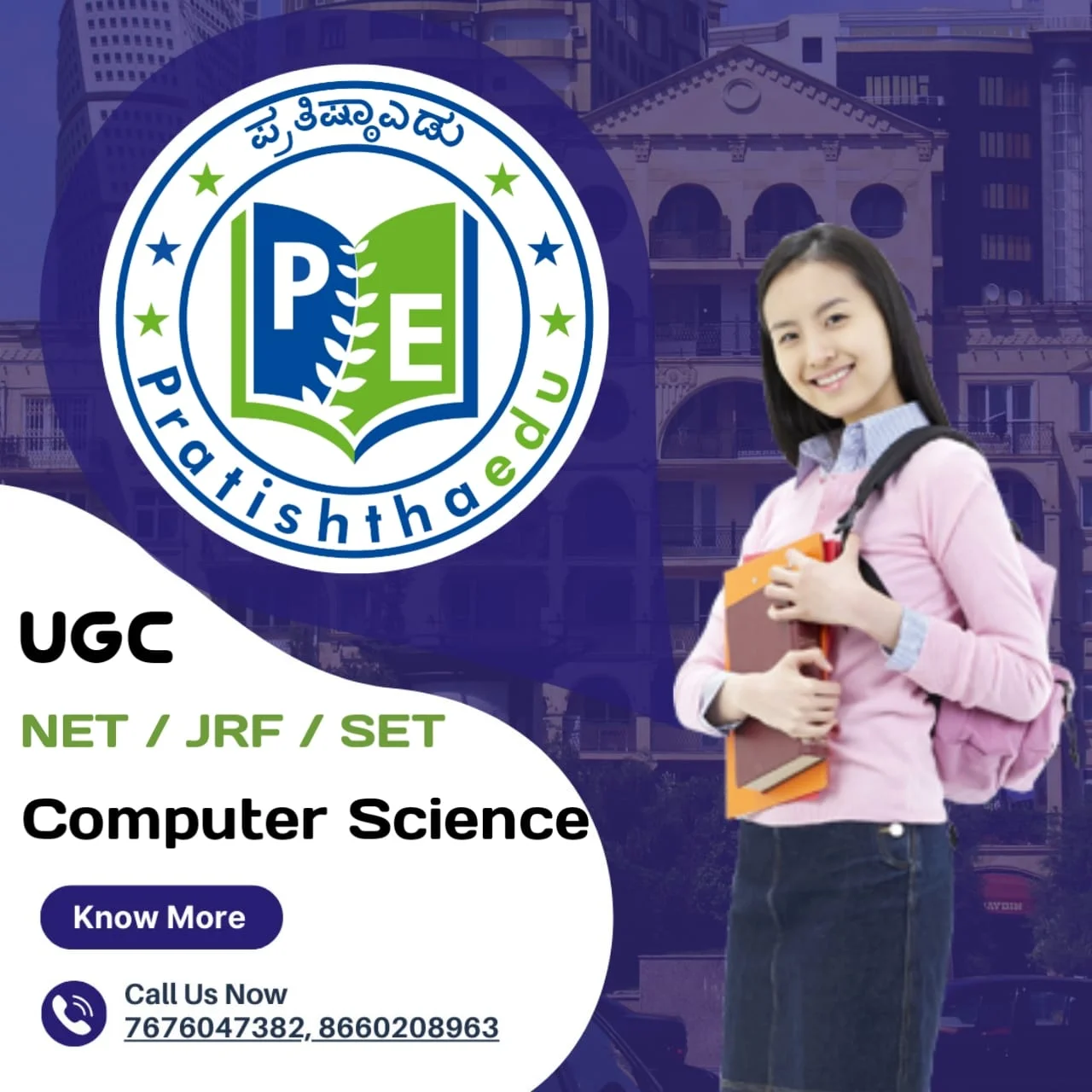Programme Details
Experience transformative learning with our dedicated team of educators at Pathfinder
Academy. We combine passionate expertise with personalized guidance to empower
students of all backgrounds. Our highly-qualified teachers, boasting years of
experience, tailor their approach to meet individual needs, fostering scientific
exploration and competitive confidence.
Testing Methodology
Commencement of Registration
Commencement of Programme
Early access
Duration of programme
Schedule of classes
Medium
Provision of tests
Scholarships
Personal Mentorship
Interview Guidance
Offline classroom
25 th June 2025
1 st July, 2025 -Noida, NCR
25 th June 2025 onwards
1 Year(5days/week)
9:30 AM to 2:00 PM
A hybrid of English only
Bimonthly (objective patterns)
Get Upto 90%* Scholarship
Included | By faculty members
Included | By field expertes




